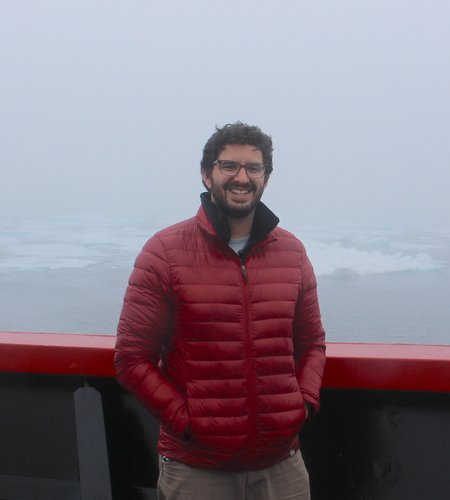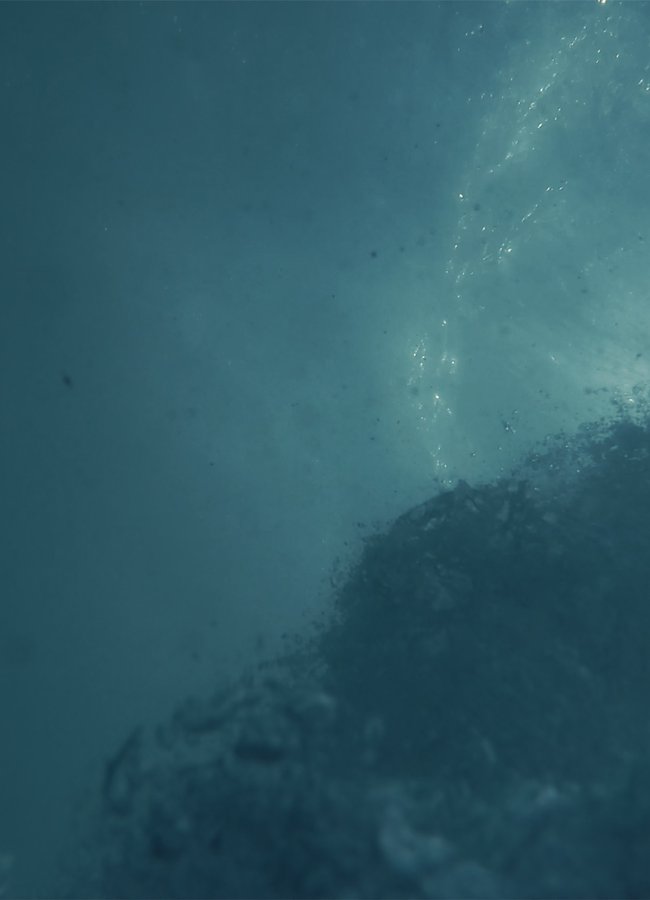Using acoustics to investigate shifts in species distribution and the population movement of fishes in the North Pacific
Echoview is utilized globally as a tool to enhance the value and usefulness of hydroacoustic data.
Our extensive user community includes fishery managers, environmental assessors, commercial entities, and researchers who leverage Echoview to visualize, process, and characterize echosounder and sonar data from freshwater and marine environments.
We are delighted to highlight the outstanding research and endeavors of our Echoview users globally and are pleased to share their insights and experiences through our 'In the Spotlight' series. These user stories showcase the innovative and cutting-edge work being carried out in hydroacoustics and are intended to provide support to our community.
In this installment, we had the pleasure of catching up with Dr. Robert Levine, a Research Physical Scientist at the NOAA Alaska Fisheries Science Center.
Dr. Levine’s research focusses on using hydroacoustics to understand the shifts in species distribution. We are grateful for the opportunity to learn more about his work and are delighted to present his story.
Dr. Robert Levine
What is your research topic?
My research is centered around using acoustics to investigate shifts in species distribution and the population movement of fishes in the North Pacific in relation to their physical environment. In addition to more traditional ship-based acoustic-trawl surveys, my work has largely focused on using autonomous platforms (e.g., moorings, uncrewed vehicles) to collect near-continuous long-term observations of movement (swimming and passive transport). I most recently completed a multi-year project in the Chukchi Sea. I am now working on similar projects in the Bering Sea related to the North Pacific pollock fishery.
These projects, and most of my work generally, has been done using Simrad’s EK60 and more recently the variations of EK80, particularly the battery-powered WBAT for mooring applications and WBT-mini for autonomous vehicles.
Papers covering Dr. Levine’s work:
Levine R, De Robertis A, Grünbaum D, Wilson CD. (2023). Transport-driven seasonal abundance of pelagic fishes in the Chukchi Sea observed with seafloor-mounted echosounders. ICES Journal of Marine Science.
Levine R, De Robertis A, Grünbaum D, Wildes S, Farley EV, Stabeno PJ, Wilson CD. (2023). Climate-driven shifts in pelagic fish distributions in a rapidly changing Pacific Arctic. Deep-Sea Research Part II: Topical Studies in Oceanography.
Levine R, De Robertis A, Grünbaum D, Woodgate R, Mordy C, Mueter F, Cokelet E, LawrenceSlavas N, Tabisola H. (2021). Autonomous vehicle surveys indicate that flow reversals retain juvenile fishes in a highly advective high-latitude ecosystem. Limnology and Oceanography
I’ve included a few key figures from the papers described above.

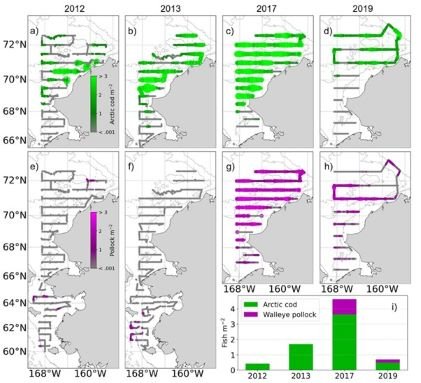
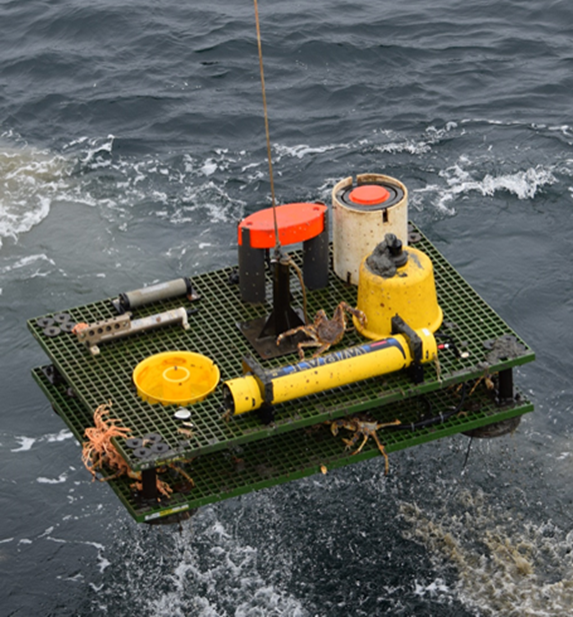

What were the key findings of your research/project?
Over the past decade, we’ve seen a major shift in the presence of boreal species in the Chukchi Sea in summer. There are now a large number of walleye pollock present in areas of the Pacific Arctic that historically have been dominated by Arctic cod. During recent summer surveys, both the Arctic cod and the pollock in the eastern Chukchi Sea are small, age-0 fish, and adult fish were comparatively scarce.
We used moored echosounders to track the movement of fish year-round to try to understand where the age-0 fish present in summer were going. By comparing fish tracking from the echosounders with currents, we identified that these fish are primarily being passively transported through the region and were seasonally advected into and out of the area. From these studies, we’ve been able to link the recent changes in species distribution we are seeing to how climate change is modifying transport and the distribution of water masses in the region. Because of warming, pollock are moving and spawning further north, and those larvae and juvenile fish are being transported into the Arctic where they may start to compete with Arctic fishes.
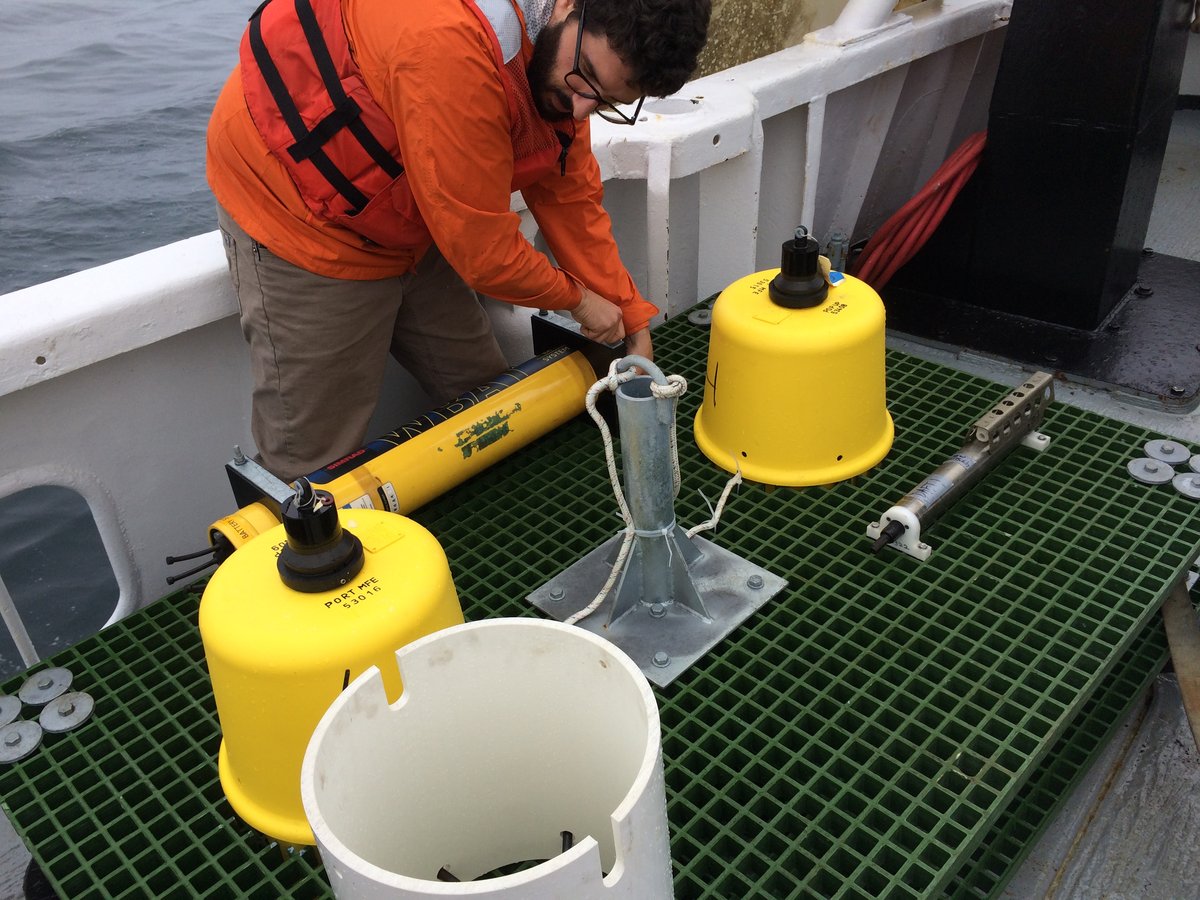
How did you get started working with echosounders and/or Echoview?
I started working with echosounders during my undergraduate degree when I was able to assist with zooplankton acoustic surveys and got to learn how calibrations and surveys were conducted. I began using Echoview when I started doing analyses for fisheries surveys as a tool to visually inspect, classify, and integrate data.
How did Echoview assist your research/project?
I used Echoview throughout the project in the Chukchi Sea. For the acoustic-trawl and uncrewed vehicle surveys, Echoview was used for visualization, scrutinization, and manual classification (i.e., region identification) of survey data. Echoview tools for integration and single target detection were the primary method for calculating the acoustic component of the survey results. For the mooring components, Echoview was used for both the review and integration, as well as to conduct the track identification in order to group single targets, and some of the additional target tracking metrics were used as reference. As a student, being able to have a student license with access to a wide array of modules was useful for data exploration and learning.
Echoview Software wishes to thank Dr. Levine for his contributions to our In the Spotlight series.
Echoview user story contribution
Do you have an Echoview user story, photo, or anecdote you wish to share? You can participate by emailing us at info@choview.com.
